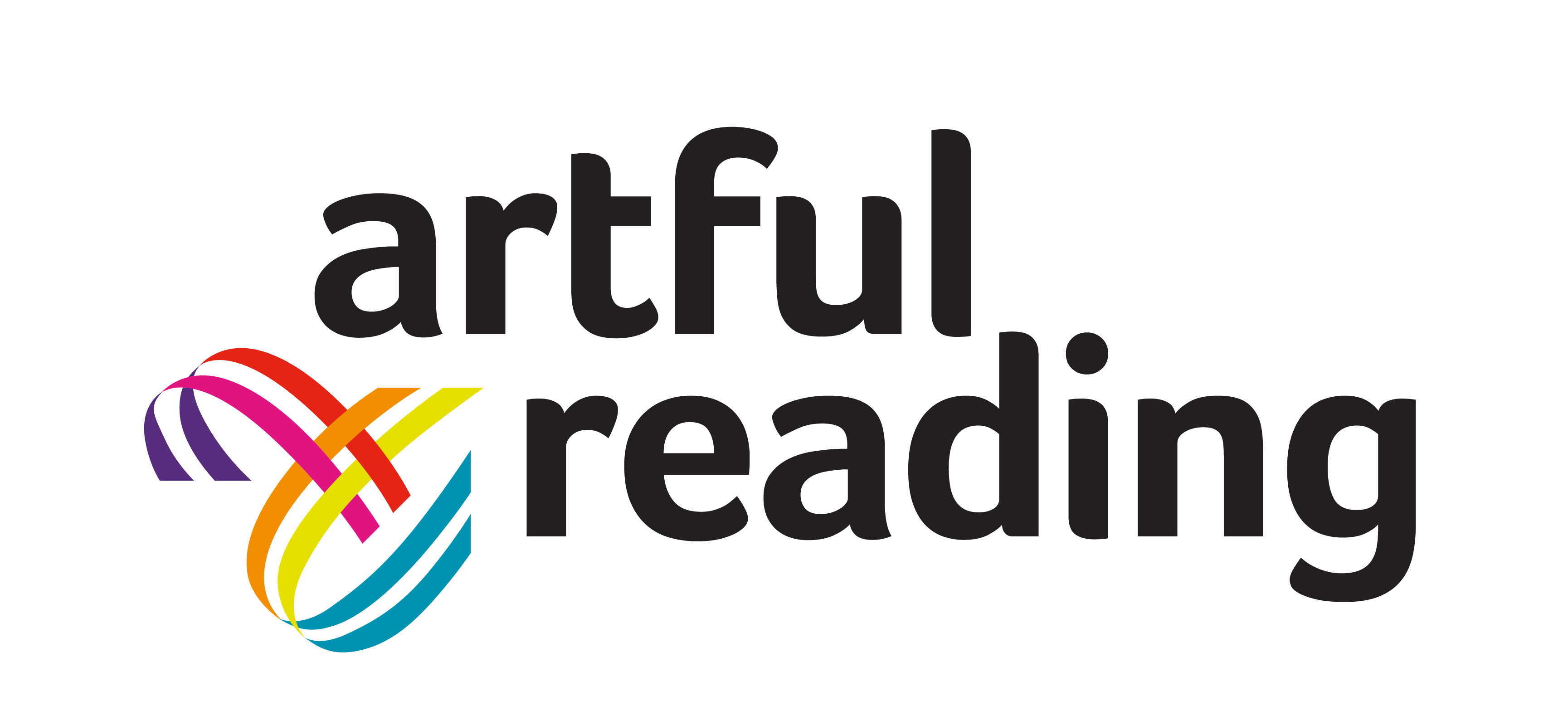ARTFUL READING
Finding the pathway to literacy
through the arts.
What we do
CTL’s Artful Reading modules drive literacy for preschool to 8th grade with a unique palette of arts content.

How We DO it
Utilizing content that engages students and instructional strategies that empower teachers.
THE IMPACT
“Artful Reading has reinvigorated my classroom! By implementing the lesson ideas and teaching strategies, students are more engaged than ever before, and there is a sense of empowerment that is evident in their work. I look forward to the Artful Reading lesson just as much as the students.”
Angie Watts, May Valley Elementary – 2nd, Floyd County
Grade Levels Supported by Artful Reading
Pre-K
Artful Reading Preschool (AR Pre-K) is a purposeful and engaging arts-integrated approach to teaching and learning that emphasizes school readiness skills and behaviors.
Grades K-5
Artful Reading promotes a thoughtful approach to reading, writing, speaking, and listening by utilizing high-interest and varied texts, arts materials, and lesson plans.
Grades 6-8
Artful Reading promotes a thoughtful approach to reading, writing, speaking, and listening by utilizing high-interest and varied texts, arts materials, and lesson plans.
How and Why Artful Reading Works
Building Knowledge through Engaging Arts Integration and Empowered Instructors
Arts Integration to Drive Comprehensive Reading Skills
Informed by CTL’s model and backed by research, Artful Reading engages students with a unique palette of literacy, visual and performing arts that builds background knowledge driving reading comprehension. By focusing on arts engagement, Artful Reading provides pathways for teachers to adapt the modules to their students in their classroom.
Empowering Instructional Strategies
The provided lessons and research-based instructional strategies, engage students in active reading experiences to make powerful literacy connections.
Each module provides high-quality instructional resources, including a comprehensive guidebook and lesson plans designed to provide teachers voice and choice in implementation.
Fun and Functional for Any Size or Need
Artful Reading modules are a perfect match for any pre-K to 8th grade classroom, or for engaging more specific groups of students – even down to the individual student who needs the unique engagement that only the arts can provide.
- Pre-K, Elementary, 6-8th Grade
- Gifted & Talented
- Enrichment Classrooms
- After School + Summer Programs
- Public Libraries

What's In a Module
Example Module:
Alexander and the Terrible, Horrible, No Good, Very Bad Day (2nd grade)
Alexander and the Terrible, Horrible, No Good, Very Bad Day, first published in 1972, is still relevant with its message that even when a day feels terrible, horrible, no good, and very bad, it’s just a single day. This module uses drama and visual arts to explore big feelings and the connection between color and emotion. It provides space for students to empathize with story characters and peers, consider different perspectives, and engage in meaningful reflection about how we communicate our feelings.

Each module contains:
Core Text
Blend of informational and literary supplemental texts
Music, dance, drama, and/or visual arts materials
Educational resources
Social emotional learning resources
Instructional guidebook
Program + Lesson Design
CTL’s Artful Reading program strengthens literacy instruction by integrating the arts. Arts integration uses teaching practices that have been shown in brain-based research to improve comprehension and long-term retention.
Research-Backed, Standards Compliant Design,
Informed by the CTL Model
All Artful Reading modules use evidence-based strategies and integrate formative assessments. Critically, Artful Reading engages students while meeting Early Childhood or National Literacy and National Core Arts standards.

Lesson Design
Lesson plans for each module contain comprehensive literacy components, including:
- Tiered Vocabulary Development
- Reading Comprehension: Before, During, After Reading Activities
- Academic Dialogue
- Writing to Learn
- ECERS-aligned Centers (Preschool)
- Writing to Demonstrate Learning: Informational, Narrative, and Persuasive Writing Prompts (K-5)
- Project-Based Learning Experiences (6-8)
- Summative and Formative Assessments
- Gradual Release Process
- Extension Activities to Differentiate & Scaffold Learning, and to make connections to core text themes
The materials are built around a structure for before-, during-, and after-reading that addresses key literacy developmental skills using arts-based strategies and contexts to deeply engage students in learning.








